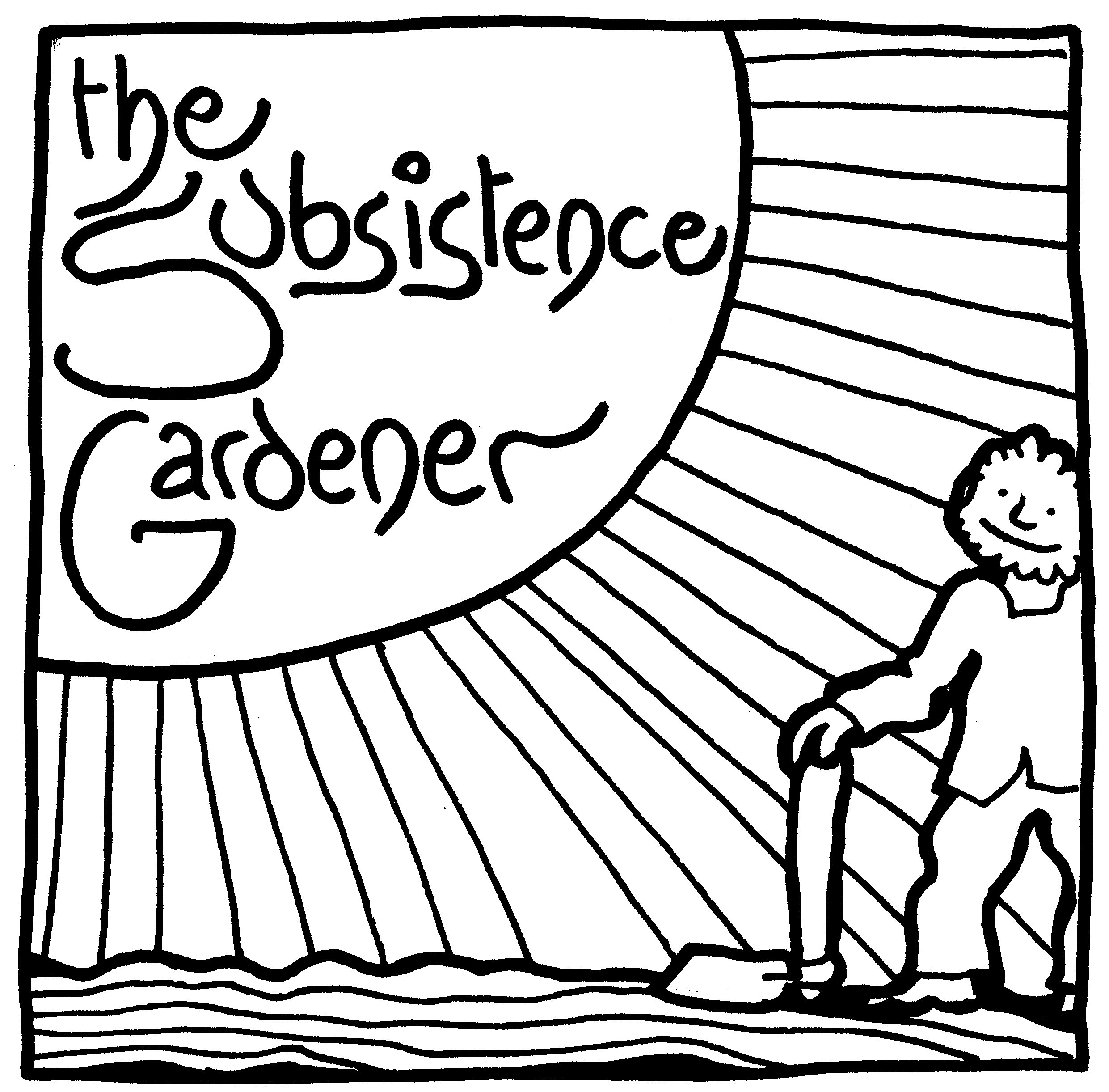Subsistence gardening involves working directly with nature to supply some of your needs. There is no reason why any money should be involved: the basic ingredients involved are sunlight, air, water and soil, all of which occur naturally, and in great abundance.
Working in the garden to create food and other useful products, such as fuel or wood for craftwork, seemingly out of thin air, is itself a therapeutic experience if one has grown up in a world in which almost everything seems to have a price, and to cost money.
The money economy, as we know it today, is a relatively modern invention. Texts dating back to the Middle Ages, and before, talk about gold and silver coins and the way in which they were used in trade, in taxation, and to fund government expenditure. But this was a different sort of money from the money that we have today, and was quite compatible with subsistence living.
Gold and silver had a fairly fixed value over long periods of time, and from one part of the world to another. The supply of gold and silver coins was limited by the amount of gold and silver in circulation, and could not vary much, due to the difficulty in finding new sources of the precious metals. There was therefore a well-understood correlation between the value of a specific coin, and a tangible product from the real world: a bag of wheat was worth so much, a loaf of bread was worth so much, a pair of shoes was worth so much, etc. This was not a money-based economy, but a subsistence-based economy, in which the vast majority of what we now consider to be economic activity – growing food, building houses, caring for the sick, looking after the elderly, educating the youth, and even making things – was done without any money being involved.
Modern money, on the other hand, has no fixed value, its supply is carefully managed by central banks, and it has no direct connection with the world of nature, not even to the same extent as gold and silver. It is, perhaps, therefore not surprising that the money-based economies of modern times have not had a positive effect on the natural world. Whereas in subsistence economies, people need to stay close to nature, in money economies they are drawn into living in man-made environments, where they become more and more dependent on money itself.
One of the aims of subsistence gardening is to break this cycle. In the money-based economy some things are charged for, which should really be free – such as land and water; some things have to be paid for, which, in a subsistence economy would be provided for no charge by the local community – such as child care, education, care for the elderly, housing, etc.; and some things have to be paid for which do not exist in a subsistence economy – such as cars, smart phones, televisions, and foreign holidays. Full subsistence living in the midst of a money economy is, therefore, not possible, but embarking upon a subsistence gardening initiative is an aid to working out where money is useful, and where it is not.
The first thing that one discovers is that when it comes to food, money is not as useful as it is thought to be. Food that you grow for yourself, working directly with nature may, on the surface, seem similiar to shop-bought products, but its freedom from chemical additives, its freshness, its harmony with the local environment, and the fact that you have an intimate connection with it through your work, makes it superior for you. And you find that no amount of money would be able to purchase food as tailor-made to your own personal requirements. The same understanding soon also comes from being in the garden itself; the sense of wellbeing that comes from being in a natural environment, that you have helped to craft, and which supplies you with some of your basic needs, cannot be purchased with money.This is not a trivial benefit – a one of the overwhelming problems of modern life is the amount of stress that people are suffering, causing sleeplessness, family breakdown, and ill health. Huge amounts of money are spent on trying to ameliorate the problem, but none of it is as effective as being able to spend some time in one’s own, productive garden. The same probably applies to the care that can be purchased with money – whether it be child care, care for the handicapped, care for the unwell, care for the elderly, or simply care for each other in our daily interactions; it seems reasonable to suppose that care provided voluntarily, by someone who can afford to give it, is always going to be better than care provided under financial duress.
Ultimately, the most appropriate use of money is to buy things that exist only in the money economy (cars, televisions, etc.); subsistence gardening gives one a chance to work out which of these things one needs, and which one doesn’t, and to make a fresh assessment of how much money is therefore required.
